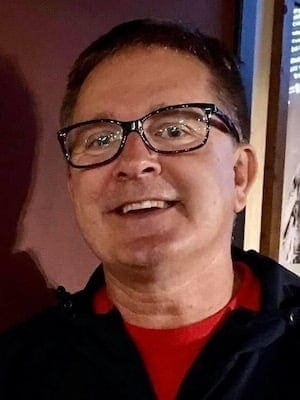We were walking up the beach on the sand as the tide moved out toward the ocean. I was holding Zeke’s hand, talking with him about sea things.
“I didn’t know jellyfish swam this close to the shore during the spring,” he said in 5-year-old wonderment. “I bet that drift wood is as old as The Old Man and the Sea. I think a horseshoe crab’s blood can be used to treat cancer.”
“Look,” I said.
“What is it, Dad?” he asked.
I picked up a shell out of the deep, hot sand and held it in my open hand.
It was unlike any shell we had ever seen. There were two shells, one on the top and its twin on the bottom, connected at the back, and clammed up tightly in the front.
“It’s a clam!” I said.
“Is it alive?” he asked.
“I don’t know,” I answered. “Let’s take it and find out.”
We returned to our chairs, took our shovel, and made our way to the shoreline where the waves come to an end in the sand and run back into the sea.
I dug a small hole, Zeke scratched out a little trench, and we placed the clam back into a sandy water habitat.
We sat and watched. Children played around us. Families swam in the surf. People relaxed in the sun.
The clam opened and closed itself, almost imperceptibly, leaving only a small bubble to show us it was still alive.
“Did you see that? It’s still living!” I exclaimed.
“We did something nice for that clam,” said Zeke. “I wonder what nice thing it’s going to do for us? Maybe it’ll make a pearl for us!”
In a way, the little clam did give us a pearl. It reminded me of something I learned from the great writer George Bernard Shaw.
In a world where the law of evolution is in effect, where there is survival of the fittest, where only the strong survive, there is an art in life where the smallest and most forgotten paint a picture of struggle and survival. Life is in that art.
We saw that art and life that day. We were colors in it.
Trevor Barton teaches second grade and is a member of First Baptist Church in Greenville, S.C.
A fourth grade public school teacher and member of First Baptist Church in Greenville, South Carolina.

